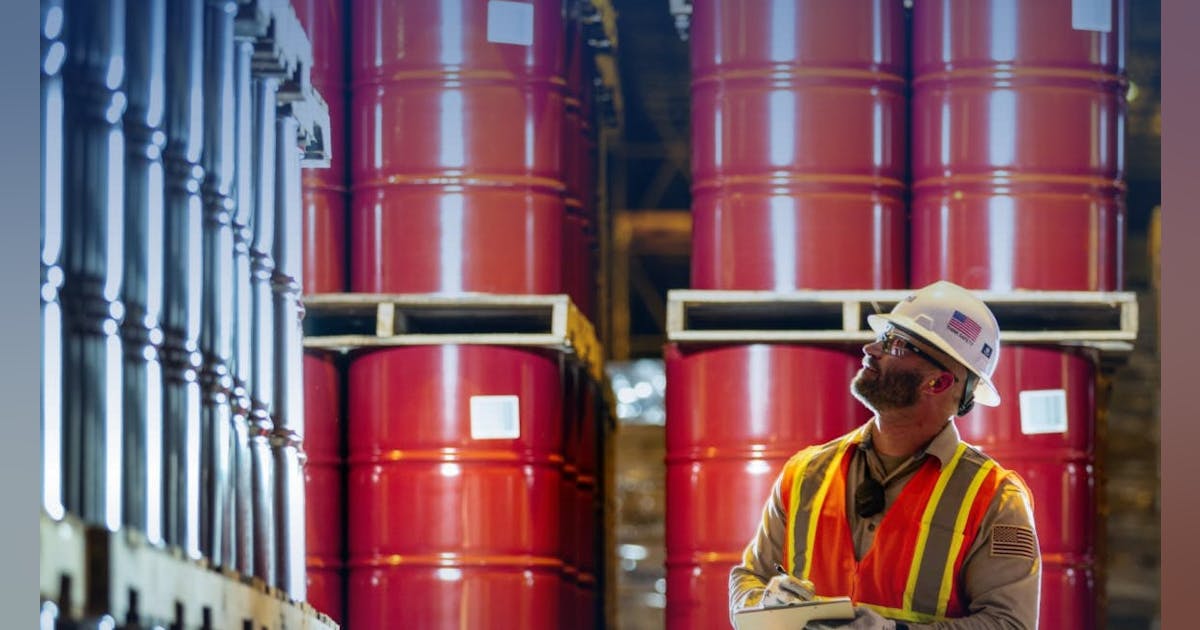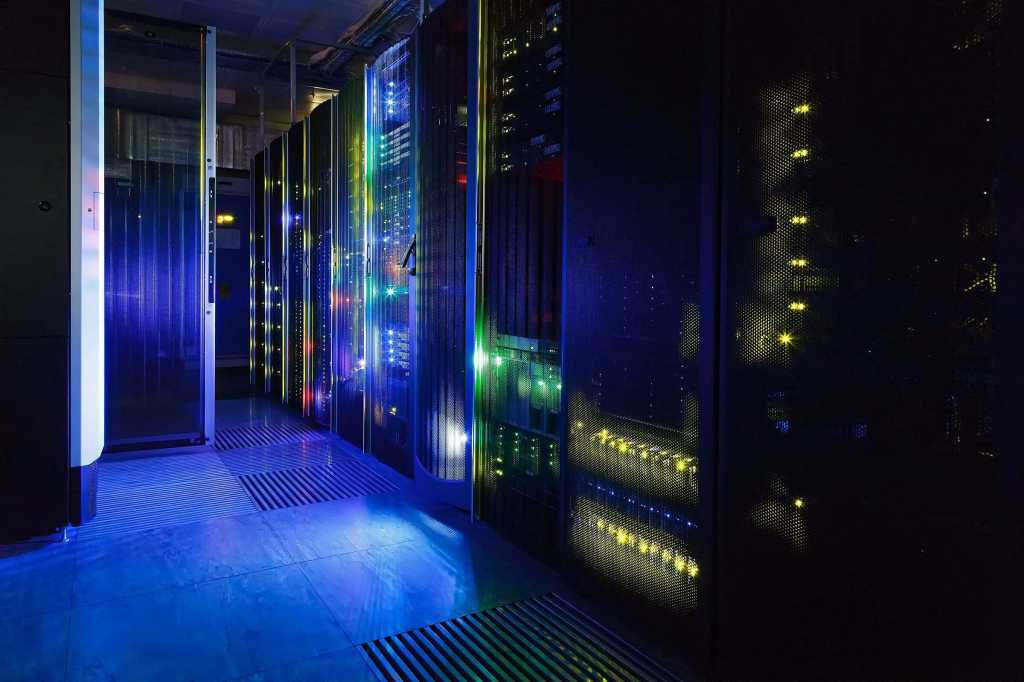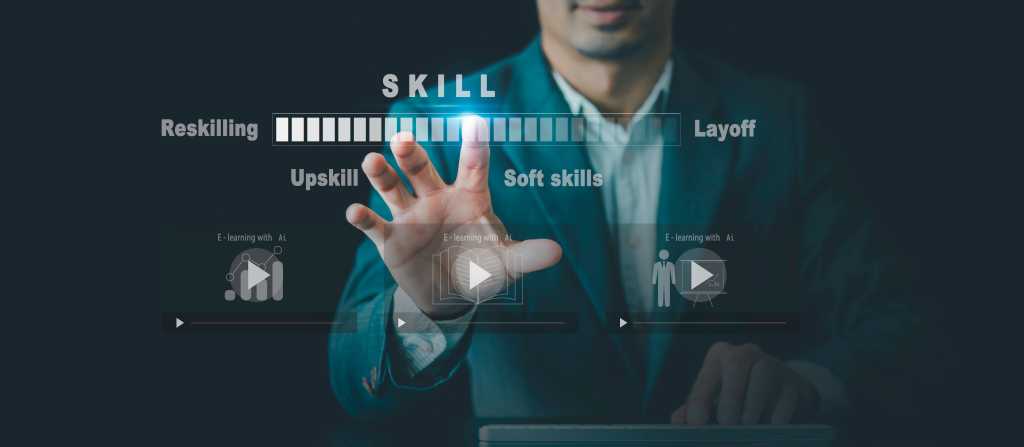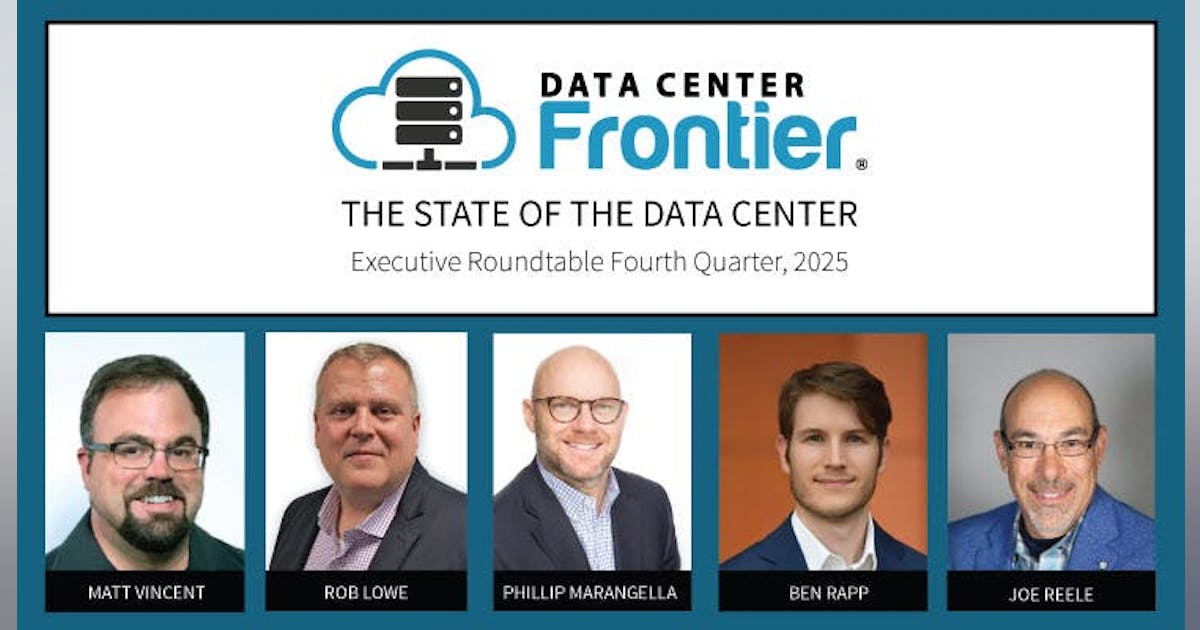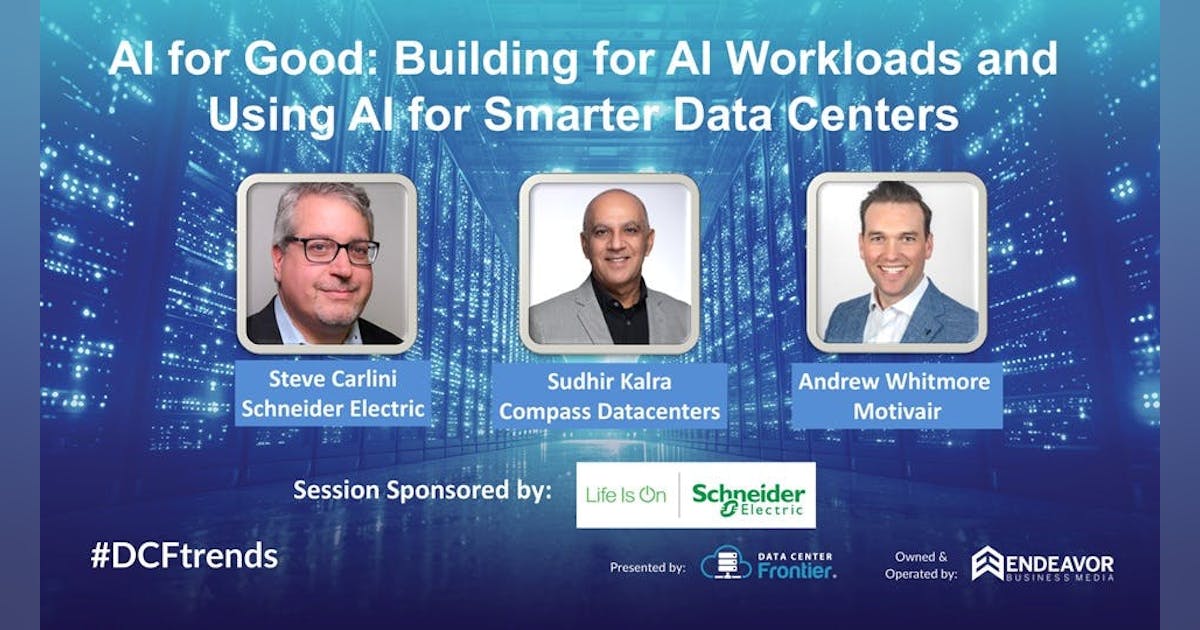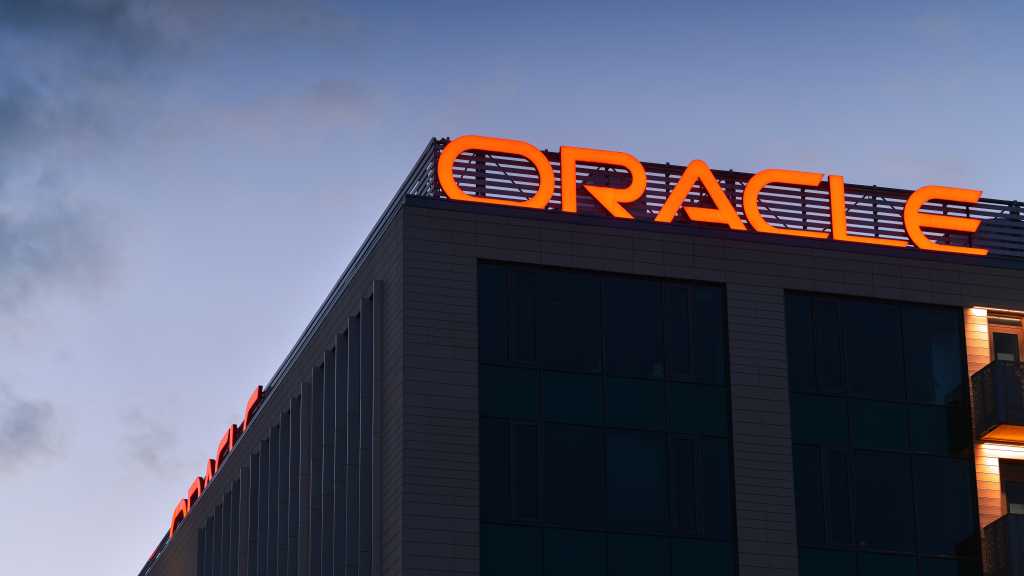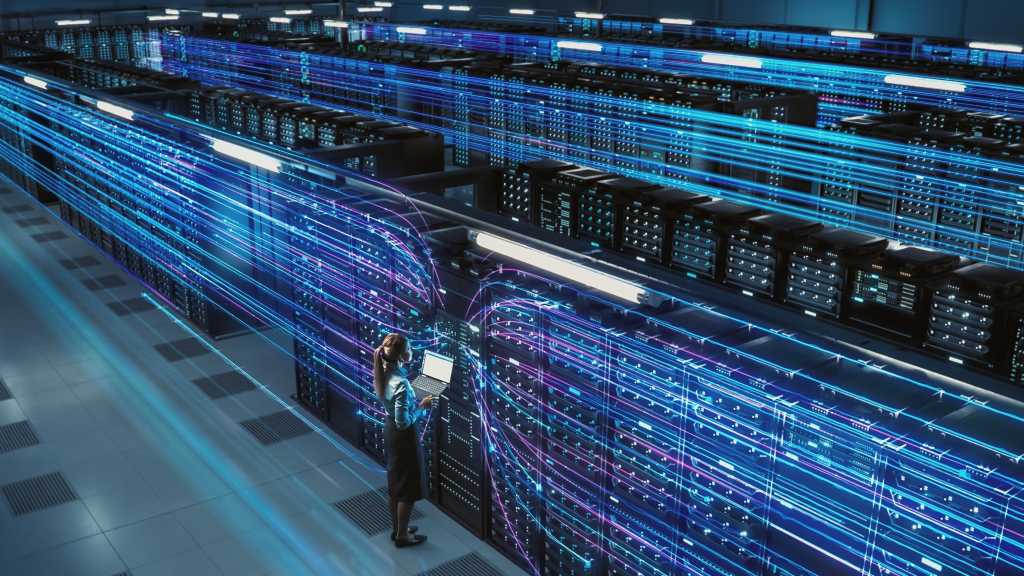
His projections account for recent advances in AI and data center efficiency, he says. For example, the open-source AI model from Chinese company DeepSeek seems to have shown that an LLM can produce very high-quality results at a very low cost with some clever architectural changes to how the models work.
These improvements are likely to be quickly replicated by other AI companies. “A lot of these companies are trying to push out more efficient models,” says Fung. “There’s a lot of effort to reduce costs and to make it more efficient.”
In addition, hyperscalers are designing and building their own chips, optimized for their AI workloads. Just the accelerator market alone is projected to reach $392 billion by 2029, Dell’Oro predicts. By that time, custom accelerators will outpace commercially available accelerators such as GPUs.
The deployment of dedicated AI servers also has an impact on networking, power and cooling. As a result, spending on data center physical infrastructure (DCPI) will also increase, though at a more moderate pace, growing by 14% annually to $61 billion in 2029.
“DCPI deployments are a prerequisite to support AI workloads,” says Tam Dell’Oro, founder of Dell’Oro Group, in the report.
The research firm raised its outlook in this area due to the fact that actual 2024 results exceeded its expectations, and demand is spreading from tier one to tier two cloud service providers. In addition, governments and tier one telecom operators are getting involved in data center expansion, making it a long-term trend.

